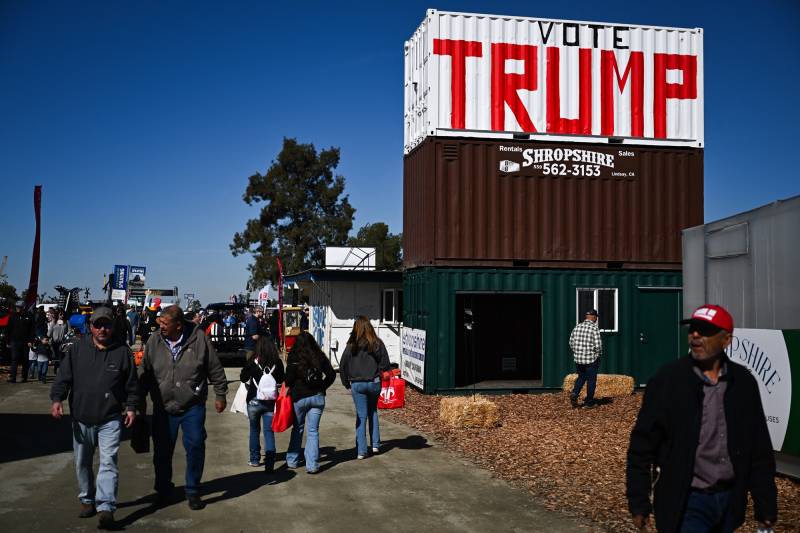Executive Summary
- Researchers have experimentally simulated false vacuum decay, a hypothetical process where the universe transitions to a lower energy state, potentially leading to its destruction.
- The experiment involved creating a metastable state with ultracold atoms and observing the formation of 'bubbles' analogous to true vacuum bubbles, matching theoretical predictions.
- This research opens new avenues for studying high-energy physics and cosmology phenomena in a controlled laboratory setting, potentially refining our understanding of the universe's stability.
Event Overview
Scientists have simulated a process called false vacuum decay in a lab setting, a theoretical event that could potentially lead to the end of the universe. This phenomenon, rooted in the idea that our universe might not be in the lowest possible energy state (a 'false vacuum'), involves a transition to a 'true vacuum' that would fundamentally alter the laws of physics. The simulation, conducted with ultracold atoms, allowed researchers to observe the formation of bubbles, akin to those predicted in the early universe during such a transition.
Media Coverage Comparison
| Source | Key Angle / Focus | Unique Details Mentioned | Tone |
|---|---|---|---|
| The Daily Galaxy | Experimental recreation of false vacuum decay using ultracold atoms, and its implications for understanding the end of the universe. | Mentions the use of sodium-23 atoms cooled to near absolute zero, forming a ferromagnetic superfluid. Details the double-well energy landscape and the use of microwave radiation. Includes the metric Ft to quantify the bubble's growth. | Informative, scientific with a touch of cosmic drama. |
| Unnamed Source (Scientists identify a flaw that can kill the universe at a moment's notice) | Explanation of false vacuum decay and its potential trigger by instability in quantum fields, specifically the Higgs field. | Explains that the false vacuum decay could be triggered by instability in quantum fields, like the Higgs field and resulting 'typhoon-like situation.' Includes a quote about atoms beyond hydrogen disintegrating if false vacuum decay occurs. | Explanatory, slightly alarming, with scientific justification. |
Key Details & Data Points
- What: Simulation of false vacuum decay, a hypothetical event where the universe transitions to a lower energy state, potentially altering the laws of physics and leading to its end. The experiment involved creating conditions for bubble formation, analogous to the creation of true vacuum bubbles.
- Who: Researchers in Italy and the United Kingdom led by G. Ferrari. Jaka Vodeb, Ph.D., a postdoctoral researcher at Forschungszentrum Jülich in Germany, and David Tong, a professor of theoretical physics at the University of Cambridge.
- When: Experiment conducted and findings published recently (May 6, 2025, and May 3, 2025, respectively). The theoretical end of the universe due to this is estimated to be billions of years in the future.
- Where: Experiments conducted in laboratories in Italy and the United Kingdom.
Key Statistics:
- Key statistic 1: Time for bubble formation can be controlled from milliseconds to hundreds of milliseconds (Daily Galaxy).
- Key statistic 2: The event is said to take 'around a billion, billion, billion, billion, billion, billion times longer than the current age of the universe' to occur (Unnamed Source).
- Key statistic 3: Magnetic field stability better than tens of microgauss was needed to fine-tune the critical point (Daily Galaxy).
Analysis & Context
The successful simulation of false vacuum decay in a lab setting represents a significant advancement in our ability to study fundamental physics and cosmology. By creating a controlled environment with ultracold atoms, researchers can explore phenomena previously only accessible through theoretical models. The experiment's findings align with theoretical predictions, reinforcing our understanding of quantum field theory and the potential instability of the universe. While the actual event is expected to occur far in the future, this research provides invaluable insights into the underlying mechanisms that govern the universe's stability and evolution.
Notable Quotes
most atoms beyond hydrogen would no longer exist and disintegrate. Nuclear reactions no longer work, so stars fail to shine. Chemistry is out the window, so life is not possible. The universe would no longer be the wonderful, vibrant place it is today.
Conclusion
The lab simulation of false vacuum decay marks a significant step in understanding the potential fate of the universe. While the actual event remains a distant prospect, the research provides valuable experimental data to refine theoretical models and explore the fundamental laws of physics. This work opens doors for further investigations into metastability, phase transitions, and early-universe dynamics, offering a glimpse into the complex and potentially precarious nature of our cosmos.
Disclaimer: This article was generated by an AI system that synthesizes information from multiple news sources. While efforts are made to ensure accuracy and objectivity, reporting nuances, potential biases, or errors from original sources may be reflected. The information presented here is for informational purposes and should be verified with primary sources, especially for critical decisions.








